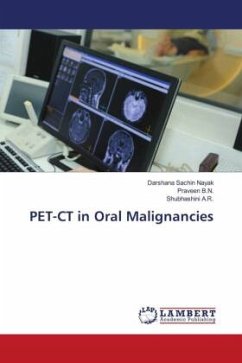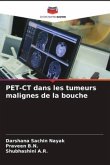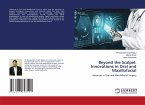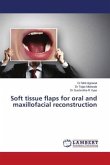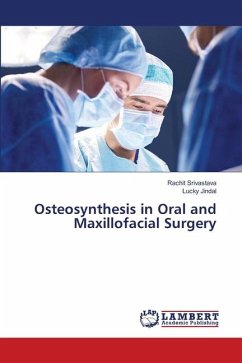Oral cancer is the sixth most common malignancy worldwide and is one of the leading causes of morbidity and mortality in developing countries. Early detection and accurate staging are essential for treatment and prognosis. Due to the complex anatomy of the head and neck, imaging of tumours in this region can be challenging. The most widely accepted cross-sectional imaging techniques are CT &MRI for the initial evaluation and follow-up of these patients. However, small metastases and early recurrent diseases can still be missed. Functional imaging with PET-CT can be used to fill these gaps and improve characterization of both primary tumors and metastatic disease. PET-CT has revolutionized the staging and surveillance of patients with Head and Neck Squamous Cell Carcinoma by allowing more accurate staging, more focused treatment modalities, earlier detection of recurrent disease, and identification of incurable disease to avoid overtreatment. This book focuses on basic principles of working of PET-CT, its application in Head and Neck oncology, advantages and limitations.
Bitte wählen Sie Ihr Anliegen aus.
Rechnungen
Retourenschein anfordern
Bestellstatus
Storno

